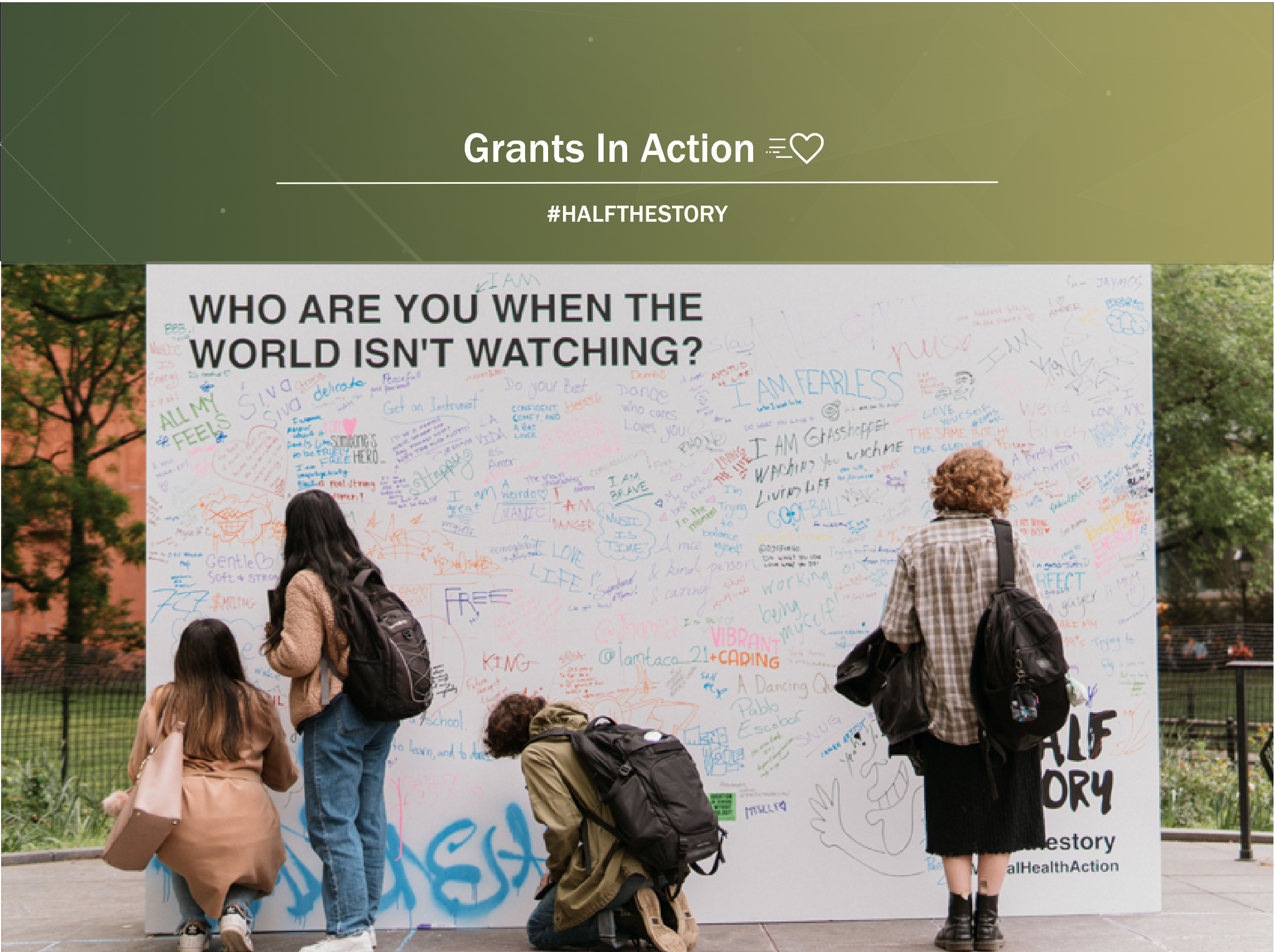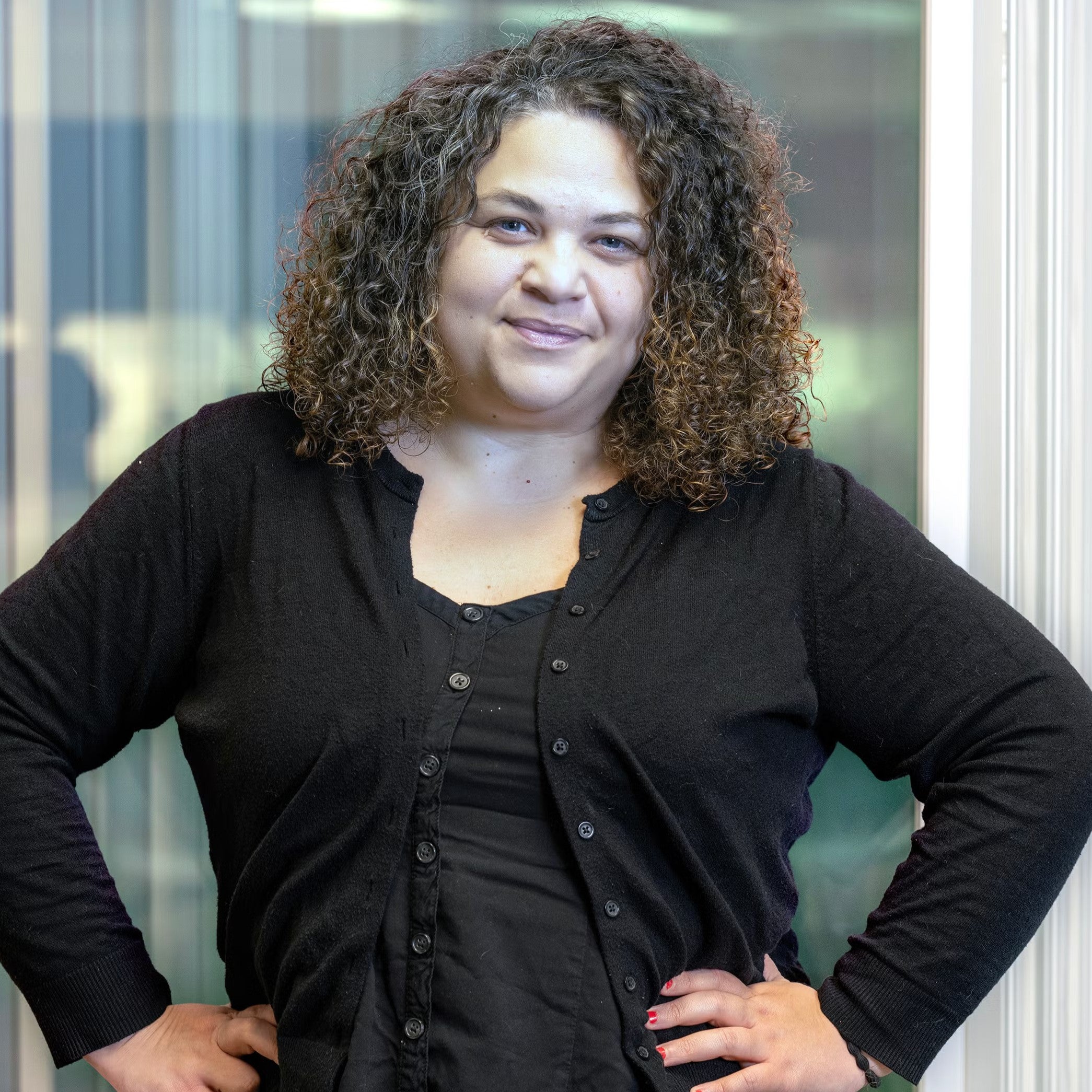Teens and Technology: Why #HalftheStory is Putting the Youth at the Forefront of Digital Wellness

Our use of and reliance on technology, like so many facets of our lives, was forever changed as a result of the COVID-19 pandemic. This was especially true for younger generations who transitioned to online learning at the height of the crisis.
According to a 2021 study from Common Sense Media, digital media use by teens (ages 13-18) has grown faster since the start of the pandemic than it had over the four years prior: 62% of teens reported using social media apps every day, with 41% logging more than eight hours of screen time daily.
For parents, these numbers can seem staggering, but for the youth who are engaged in the digital world, the impacts are being felt in other consequential ways. In 2020, the Canadian Medical Association Journal found evidence that social media use among teens, particularly for girls, had increased “mental distress and self-injurious behavior.” The study also reported that social media use “can affect adolescents’ self-view and interpersonal relationships through social comparison and negative interactions, including cyberbullying.”
Larissa May, the Founder and Executive Director of #HalftheStory, has a profound personal understanding of the complex world of being a young person online. Facing her own mental health struggles in 2015 as a sophomore in college, May reckoned with how much social media was impacting her ongoing battle with depression.
“I was relying on false affirmations and a false sense of human connection.” May found that people were not speaking openly about the negative impacts of social media on the mental health of young people. This propelled her to start a grassroots storytelling movement called #HalftheStory, in which students like her “shared their own stories about their own relationships with technology.”
That movement eventually became a nonprofit organization focused on youth-centric education, research and activism. “We can’t ignore the roles that digital technology and social technology play in the emotional health of youth, especially if they’re spending a third of their life there. That’s why we really want to give the kids the skills to go from mindless to mindful tech consumption to get on a path towards digital well-being,” May says.
This is being done, in part, through initiatives like their evidence-based wellness and learning program Social Media U, which serves schools and mental health centers throughout the U.S. and U.K. May says that Social Media U focuses on “the intersection of emotional health and digital habits” of kids to help them navigate the digital world “through emotional granularity, cognitive reappraisal and self-compassion.”
Making the internet a space where “digital flourishing” (defined by #HalfTheStory as “positive perceptions of an individual’s experiences and behaviors in digital communication”) can happen for young people is no small undertaking. May sees this as a time to act, in what she calls the “digital rights revolution.”
While 95% of #HalftheStory’s funding currently goes towards their educational programming and implementation, she says that this is a “critical turning point for the organization.” May points out that long-term giving, in particular, “will, ultimately, allow us to build out the largest research base on digital flourishing and to be able to create a new foundation for digital wellbeing for the youth.”
May says that for donors who are invested in helping both mental health and education for younger generations, “their efforts can multiply from an impact perspective.” She adds, “You have the ability to change the fabric of our society and the future of culture.”
Donor-advised funds (DAFs) have been of notable significance to the ongoing mission of #HalftheStory, with May reporting that roughly 25% of the organization’s funding has been through DAFs. “I’ve found that people with DAFs are more likely to be engaged and have a bit more of a personal relationship [with the cause]. It’s about making a real impact.”
Photo courtesy of #HalftheStory
NPT is not affiliated with any of the organizations described herein, and the inclusion of any organization in this material should not be considered an endorsement by NPT of such organization, or its services or products.
NPT does not provide legal or tax advice. This blog post is for informational purposes only and is not intended to be, and shall not be relied upon as, legal or tax advice. The applicability of information contained here may vary depending on individual circumstances.

